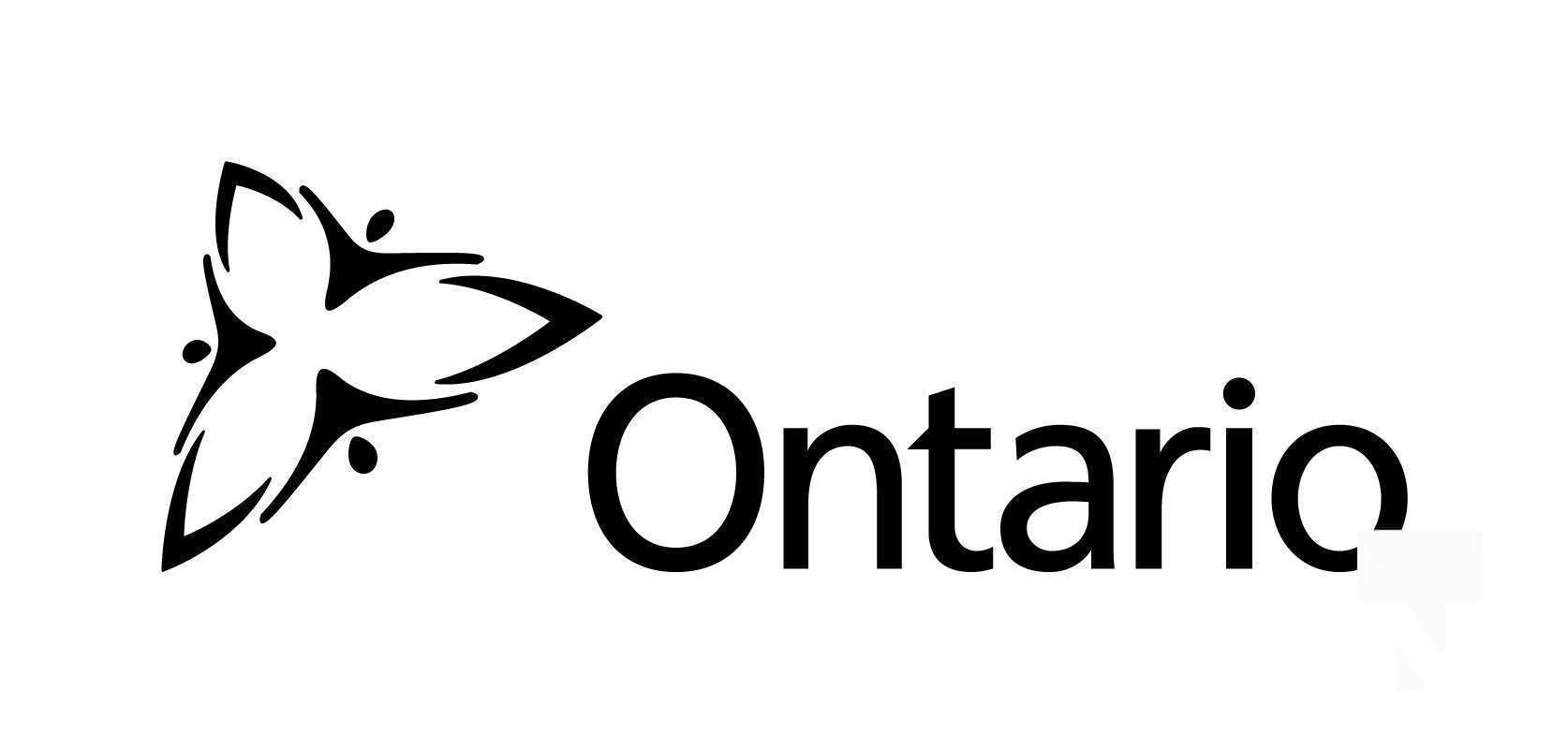New Investments Prepare Province for Second Wave of COVID-19
The Ontario government has developed a $2.8 billion COVID-19 fall preparedness plan to ensure the province’s health care, long-term care and education systems are prepared for the immediate challenges of the fall, including a second wave of COVID-19 and the upcoming flu season. Keeping Ontarians Safe: Preparing for Future Waves of COVID-19 will enable the province to quickly identify, prevent and respond to surges and waves of the virus to protect the health and safety of all Ontarians.
The full plan was delivered today by Premier Doug Ford, Christine Elliott, Deputy Premier and Minister of Health, and Dr. David Williams, Chief Medical Officer of Health.
“For months, our government has been developing one of the most robust and comprehensive COVID-19 fall preparedness plans in the entire country,” said Premier Ford. “We are making an unprecedented investment of over $2 billion to fortify the frontlines of our health care system and ensure we are prepared for future waves of this virus, while ensuring patients and long-term care residents continue to receive the absolute best care from our top-notch health care professionals and their loved ones.”
“Over the past week, we have unveiled key pillars of our fall preparedness plan which sets out specific investments and actions to protect the health and well-being of Ontarians,” said Minister Elliott. “As the number of cases continue to increase, we cannot afford to let our guard down. It remains critically important for everyone to continue to follow public health advice and measures as we implement this plan. Everyday actions like physical distancing, wearing a face covering and staying home when you are ill will help us protect each other and the most vulnerable as we continue our fight to stop this virus.”
“With today’s release of the updated modelling, it shows that we need to be ready for all possibilities,” said Dr. Williams. “By implementing this plan and reminding everybody to continue following public health advice and measures, we will be prepared to respond to any scenario.”
The Keeping Ontarians Safe plan focuses on six key areas to rapidly identify and respond to COVID-19 outbreaks and surges, build health system capacity, and reinforce the province’s health care workforce. These areas are:
Ontario is investing $1.376 billion to enhance and expand efforts to test, trace and isolate new cases of COVID-19. As part of this funding, $1.07 billion will expand laboratory capacity, reduce testing backlogs, support existing assessment centres, and add more testing locations and capacity. The province is working with Ontario Health, local public health units and hospitals to expand testing locations based on local needs, while also offering more convenient and less invasive testing options and increasing testing capacity. Up to 80 pharmacies in Ontario are currently offering free COVID-19 testing by appointment only. The province has also added over 1,700 staff to assist with case and contact management.
Implementing the largest flu immunization campaign in Ontario’s history:
Ontario is investing nearly $70 million to purchase and distribute flu vaccines to deliver a robust and expanded campaign this year. In addition, Ontario is investing $26.5 million to purchase and administer additional flu vaccine doses if required and $2 million to purchase additional antiviral medication to support outbreak management of influenza in institutions. Flu vaccinations help reduce emergency department visits and wait times during flu season and help to preserve hospital capacity for any surges in COVID-19 patients. Ontario is prioritizing early distribution of the flu vaccine for vulnerable populations in long-term care homes, hospitals and retirement homes. In addition, the province is making it easier for seniors to receive high-dose flu vaccines by making them available at participating pharmacies, as well as primary care providers and public health units. The flu shot will be available in the coming weeks at primary care provider offices and public health units for anyone over the age of six months, and at participating pharmacies for anyone five years of age or older.
Quickly identifying, managing and preventing COVID-19 outbreaks:
Ontario is investing $30 million to build on its efforts to rapidly identify and contain any COVID-19 outbreaks. Under the leadership of Dr. Dirk Huyer, Coordinator of the Provincial Outbreak Response, the province is working to prevent, minimize and manage outbreaks in a number of sectors, including education, child care, agriculture and health care. Ontario has also developed a COVID-19 surveillance strategy to monitor the virus and detect cases and outbreaks quickly.
Accelerating efforts to reduce health service backlogs:
Ontario is investing $283.7 million to assist the health system’s ongoing efforts to reduce surgery backlogs by supporting extend hours for additional priority surgeries and diagnostic imaging. The government is also adding 139 critical care beds and 1,349 hospital beds in hospitals and alternate health facilities across the province to support more surgical procedures. This investment is in line with the guidance framework released in May 2020, A Measured Approach to Planning for Surgeries and Procedures During the COVID-19 Pandemic. These efforts will support a resilient system that can safely continue to provide services during potential future outbreaks and surges.
Preparing for surges in COVID-19 cases:
Ontario is investing $457.49 million to ensure that the health system is prepared to respond to any waves or surges of COVID-19 without interrupting routine health services. This includes helping up to 850 alternate levels of care patients access the proper care in a home or community setting to help add more capacity in hospitals; expanding digital health and virtual services; improving access to mental health and addictions services and supports with a $26.75 million investment; and increasing home and community care service by adding 484,000 nursing and therapy visits and 1.4 million personal support worker hours.
Ontario is investing a total of $52.5 million to recruit, retain and support over 3,700 more frontline health care workers and caregivers to ensure the health care system can meet any surge in demand, while continuing to provide safe and high-quality care to patients and long-term care residents. This includes $18 million for Ontario’s Nursing Graduate Guarantee program, which provides full-time salary and benefits for over 600 nurses; up to$8 million to add over 800 nurses to the health system in areas of need across the province; and $10.3 million into the new Personal Support Worker Return of Service Program, to recruit and retain 2,000 recently graduated personal support workers (PSW) to work in long-term care homes and in the home and community care sectors.
Supporting Long-Term Care Homes:
To support the six key areas of focus of Ontario’s COVID-19 fall preparedness plan, the province also released COVID-19: Long-term care preparedness, a plan that includes nearly $540 million in long-term care investments to prepare long-term care homes for future waves of COVID-19. Ontario’s investments in long-term care will help homes enhance infection prevention and control, support adequate staffing, manage operating costs related to COVID-19, and help people on the long-term care waitlist stay in their own homes longer through an innovative community paramedicine program in development.
This funding includes $405 million to help homes with operating pressures related to COVID-19; $61.4 million for minor capital repairs and renovations in homes to improve infection prevention and control; $40 million to support homes that have been impacted by the changes in occupancy numbers due to COVID-19; $30 million to allow long-term care homes to hire more infection prevention and control staffing; and $2.8 million to extend the High Wage Transition Fund.
“We are working in partnership across government and doing everything we can to protect Ontarians from COVID-19,” said Dr. Merrilee Fullerton, Minister of Long-Term Care. “We have made tremendous progress to fortify our long-term care homes, so they have the physical and human resources they need to ensure the safety and well-being of all residents and staff.”
Supporting Schools and Child Care Centres:
Earlier this month, Ontario released a $1.3 billion plan to reopen schools safely and provided $234.6 million through the federal Safe Restart Agreement for child care and early years settings, which complements existing provincial and federal investments to help keep children and families safe.
For schools, this includes funding to hire more teachers to keep class sizes small, funding to hire additional nurses to facilitate public health and preventative measures, including screening, testing, tracing and mitigation strategies, and funding to hire 1,300 custodians to enhance cleaning in schools and buses. The government is also continuing to ensure personal protective equipment is delivered to all schools, and masks continue to be sent to all Ontario child care centres to ensure they can operate safely.
Ontario has also developed a COVID-19 surveillance strategy to monitor the virus and detect cases and outbreaks quickly in schools. This includes launching a voluntary, simple and fast online COVID-19 School Screening Tool for families, school staff and essential visitors, and providing daily public reporting of cases at schools and child care centres. To provide rapid-response support to schools and boards, and facilitate public health measures, the province is investing $62.5 million to hire 625 public health nurses to monitor for COVID-19 outbreaks in schools.
“Our comprehensive plan prepares us for every possible scenario and adds new layers of protection as we follow the guidance of leading health experts to ensure our schools and child care settings are safe,” said Stephen Lecce, Minister of Education. “We are making unprecedented investments to support health and safety measures including hiring more staff, purchasing more cleaning supplies, improving ventilation, and expanding access to technology and mental health supports.”
Quick Facts
- The best way to protect yourself and your community, to fight COVID-19 and to help stop the spread is to continue to follow public health advice that reduces the risk of transmission and helps keep Ontarians safe, including the new restrictions on social gathering.
- The province continues to make progress in building its inventory of personal protective equipment to support the response to COVID-19.
- COVID Alert is available for free use and download from the Apple and Google Play app stores. This new app lets users know if they may have been exposed to the virus.






















